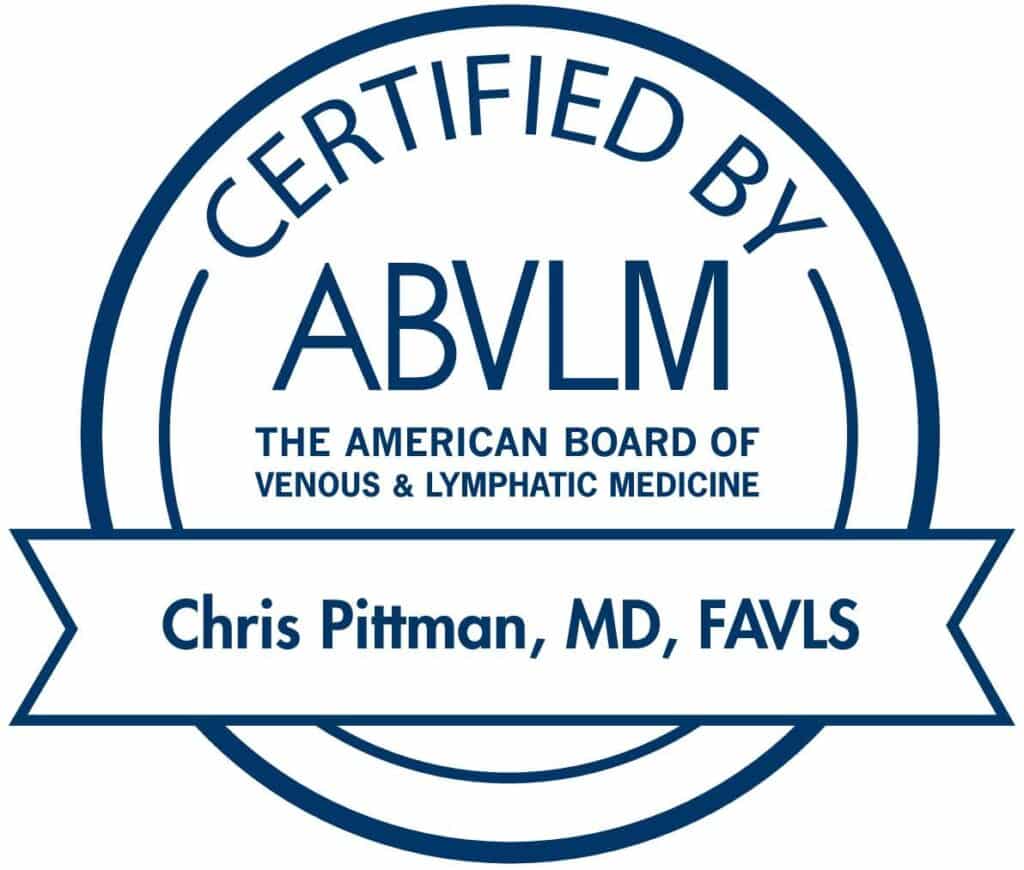When you have retention of fluid in your leg tissues it causes leg swelling known as peripheral edema and you may require vein treatment. Other than vein health, problems with your circulatory system can cause this problem as well as problems with your kidneys or lymphatic system. But, heart or circulation problems aren’t always the cause of leg swelling. You may have leg swelling due to a number of things.
1. Edema (fluid buildup): This occurs when the blood vessels or tissues in your legs contain more fluid than they’re supposed to. You can have a buildup of fluids just by standing on your feet all day or if you sit too long. It could also indicate that you don’t exercise enough or you’re overweight. It may also mean a more serious medical condition.
2. Inflammation: When your leg tissues get swollen or irritate it causes inflammation. It’s a natural response to tearing a ligament or tendon or breaking a bone, but it could indicate arthritis or another serious inflammatory illness.
3. Pregnancy
Swollen legs and ankles are something many pregnant women experience. It has nothing to do with varicose veins but rather:
- Vein pressure because your uterus adds extra weight
- Natural fluid retention
- Changing hormones
Once you deliver the baby, the swelling goes away.
If your swelling is painful, your doctor may want to check to ensure you have normal blood pressure. They may also look for blood clotting and rule out other potential problems like preeclampsia.
4. Varicose Vein
Varicose veins are common, particularly in older females. You may need vein treatment, but chances are it’s just the common condition many people get. They’re purple and dark veins that are swollen and large. They rise above your skin’s surface anywhere from your ankle to your groin.
5. Cellulitis
Cellulitis is a type of bacterial infection that’s painful and causes redness and deep tissue or skin swelling. Typically it occurs in your lower leg. You may have a fever with it and the area will be warm. You may develop blisters or red spots on your skin.
Cellulitis is the result of a break in your skin allowing bacteria to get in and start an infection. Even small skin openings from insect bites can result in cellulitis. If your immune system is weakened, you’re more prone to develop the condition. To treat cellulitis, you require antibiotics.
6. Injury
Injuries can cause swelling and pain in one of your lower legs. Any direct impact to your lower leg when sufficiently strong can produce swelling. You may have bruising as well. A rupture or sprain of your calf muscle may cause a swollen lower leg. Athletes tend to get these injuries, particularly when they’re performing certain activities like suddenly changing direction or jumping.
Fibula or tibia fractures can lead to prominent pain, bruising and swelling. Symptoms of a sprain or other injuries to your knee or ankle can extend into your adjacent lower leg from your joints.
7. Liver, Heart or Kidney Failure
If your heart isn’t pumping blood properly, it can lead to fluid pooling into your lower legs and swelling. Kidney or liver failure may cause fluid retention.











